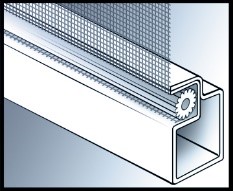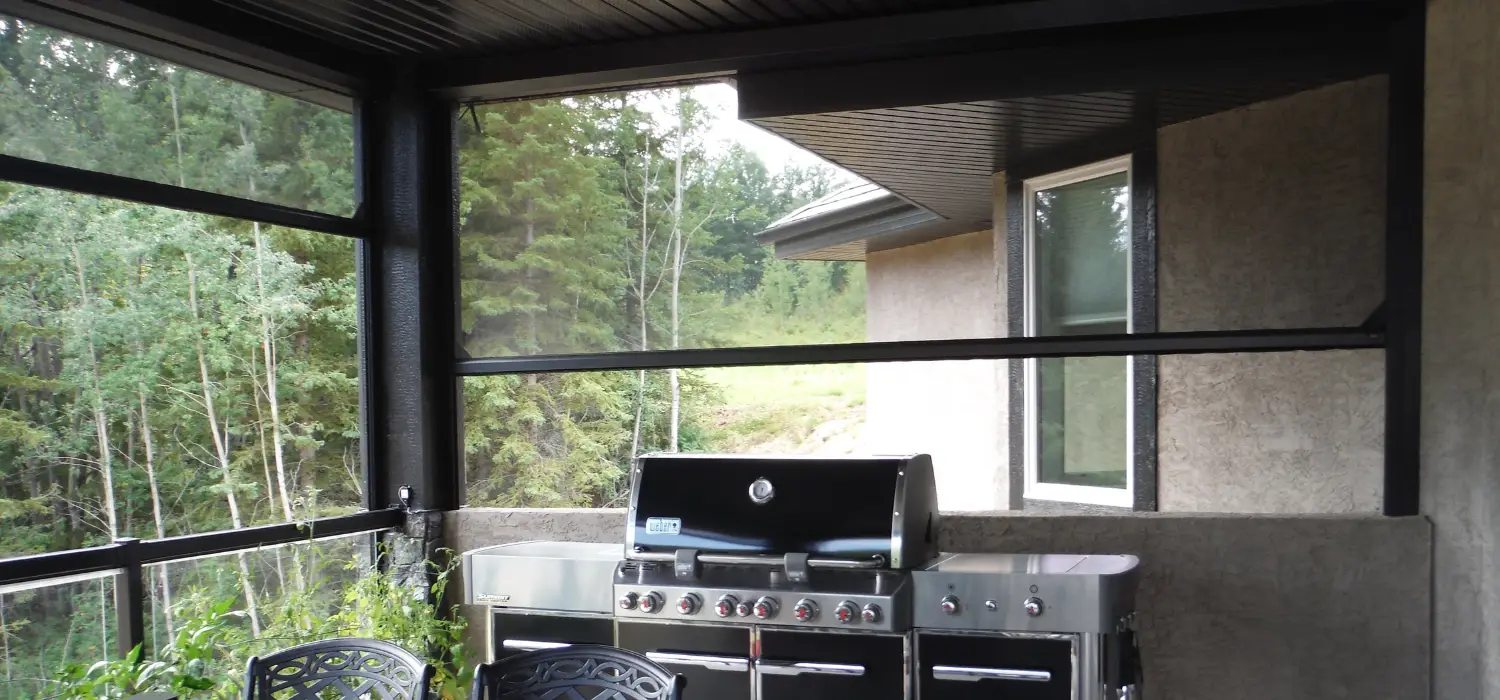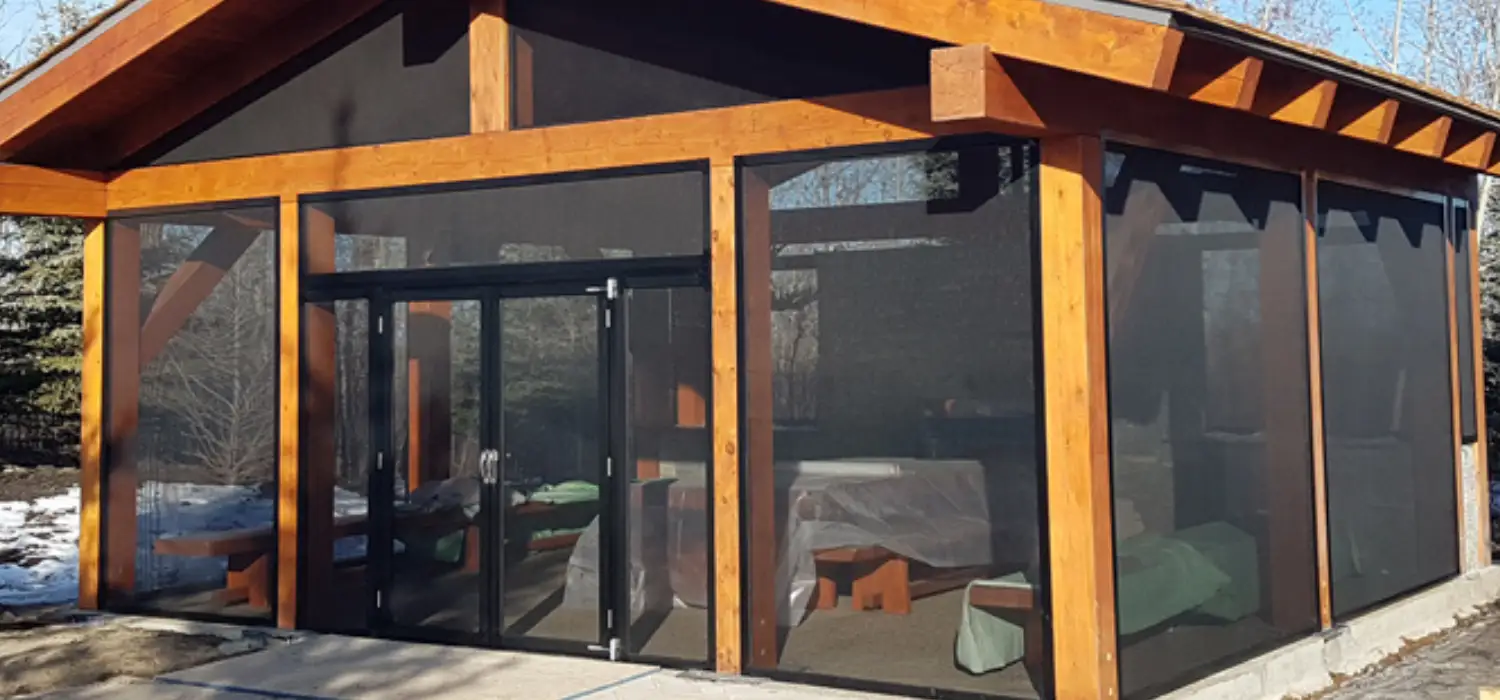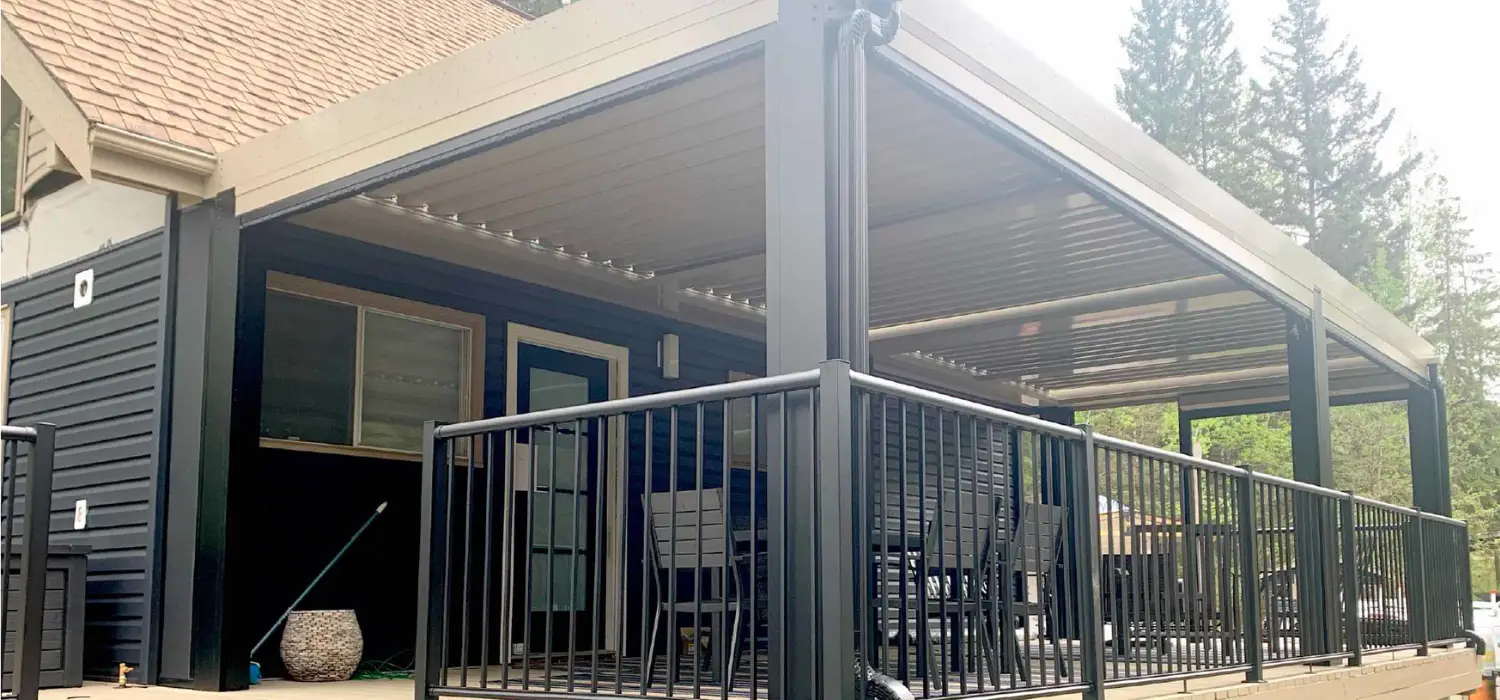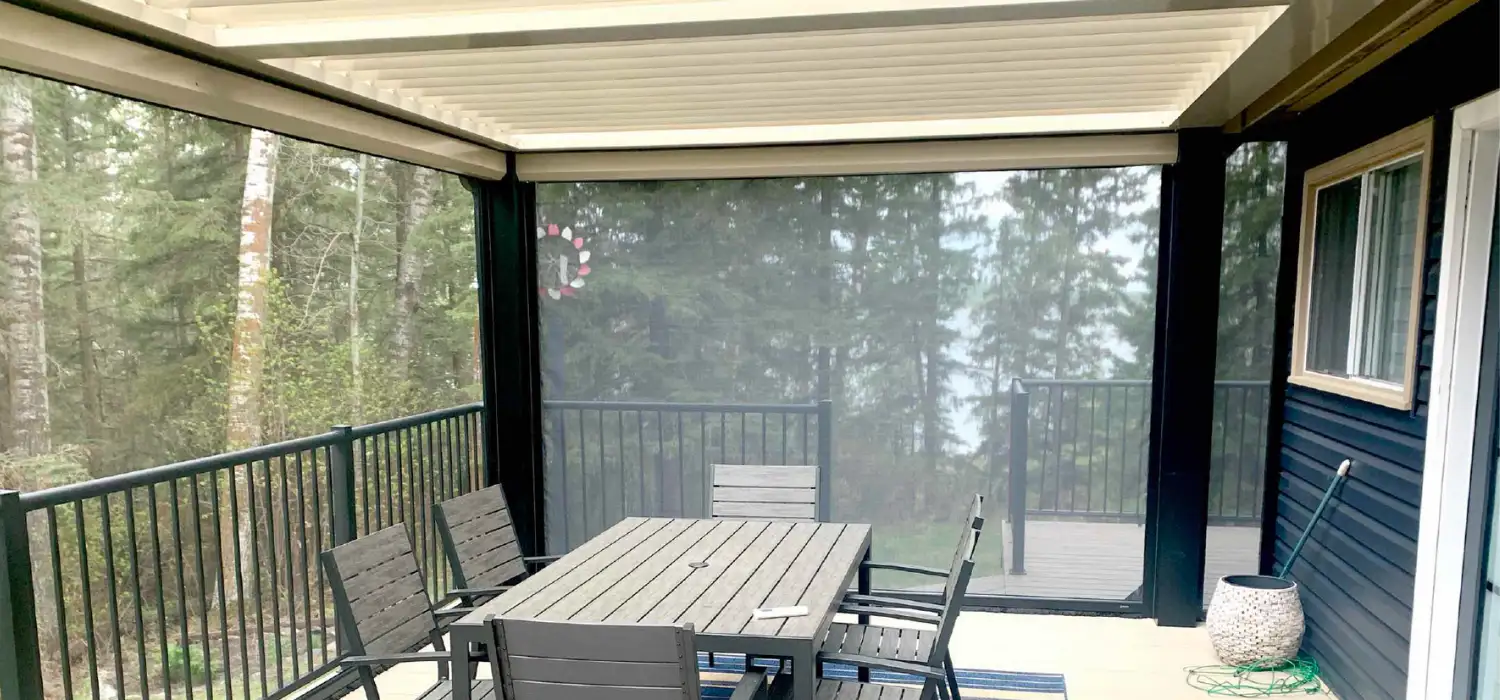What would you do without your screen door, or the screens in your home’s windows? What did people do before these things were invented? You might be surprised to learn that horse hair and cheese cloth played roles in the origins of what we now take for granted.
The story of today’s metal, fiberglass or other synthetic wire screens goes back to the turn of the 19th century when sieves, used for sifting bran from meal, were made from horse hair.
Horse hair as a weaving and sieve material was ultimately unsatisfactory. Innovation led to its replacement by fine metal wire, with wire cloth being invented in the early 1800’s. Wire cloth was soon being used to protect stored food such as meat and cheese. Other applications included ox muzzles, coal ash sifters, glue production and strainers for milk and other liquids.
At the time of the American Civil war (1861-65) a coating of paint was applied to wire cloth, provide protection from the elements, so that it could be sold as window screens. Until then, cheese cloth was sometimes used to prevent bugs from entering windows. The flimsy delicate nature of cheese cloth would have been a constant frustration. The new wire cloths quickly became popular, marking the beginning of the metal window screen industry. Painted iron wire was soon improved upon with galvanized iron. Towards the end of the 1800’s, bronze, copper, brass then steel became popular materials for manufacturing screens. By the early 1900’s, metal screens were easily available throughout North America.
Also in the early 1900’s, a movement against flies and other insects was gaining momentum. The idea was spreading that insects weren’t just a nuisance – they spread disease. A common project for Boy Scout troops was to build and install residential window screens. At that time, screens were simply nailed to wooden frames. The smaller patches of screen left over from this process led to mini screens being attached to the end of a stick – the fly swatter.
By the mid 1900’s, wire used in screens was being coated for increased durability. Further advances included the invention of the spline system to make replacing screens much easier, as well as attaching screens to frames much more secure. Spline, sometimes known as screen bead, is typically made of foam or vinyl.
Today, screens come in a myriad of materials, fibre sizes, mesh sizes and colours, and can be used for bug, sun and wind protection as well as privacy. Screens can still be attached to frames with spline or with even more secure zippered systems. They can be fixed in place or part of a retractable system, either manually operated or motorized. Screens cover small and large openings, even serving as retractable walls around patios and garage doors.
The future may see nanotechnology screens used to filter air. Researches are working towards a thin fabric that could be applied and removed from existing screens, and would filter out air particles, keeping indoors free of pollutants and allergens.
Screens play a critical role in providing protection and comfort in today’s homes and businesses. At Solaris, we are constantly on the lookout for new screen technology and applications. Our focus on screen and shade solutions keeps us up to date on what’s available to provide the results our customers want.
Call us today to find the best solution for your screen needs!

